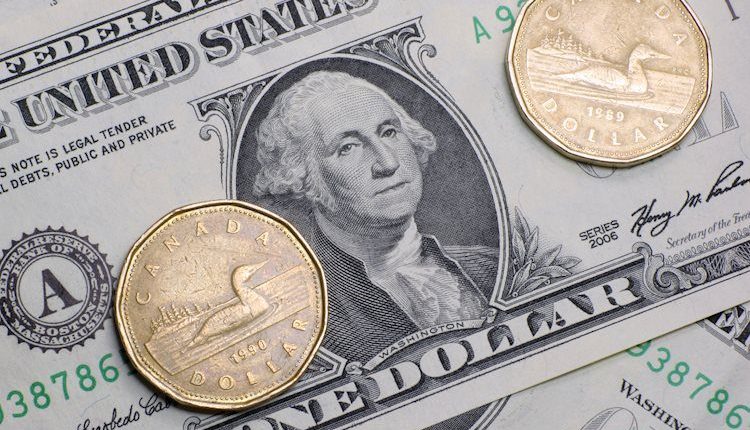- USD/CAD weakens to near 1.4020 in Friday’s early Asian session.
- The US weekly Initial Jobless Claims rose slightly last week.
- Trump tariff threats could weigh on the Loonie and act as a tailwind for the pair.
The USD/CAD pair trades in negative territory around 1.4020 during the early Asian session on Friday. The US Dollar (USD) remains under renewed selling pressure as traders prefer to wait on the sidelines ahead of the US and Canadian labor market reports, which are due later on Friday.
Data released by the US Department of Labor on Thursday showed that the US weekly Initial Jobless Claims for the week ending November 30 rose 9,000 to 224,000, compared to 215,000 (revised from 213,000) in the previous week. This reading came in above the market consensus of 215,000. The Greenback edges lower in an immediate reaction to the US jobless claims data.
The market might turn cautious ahead of the crucial US labor market data, including Nonfarm Payrolls (NFP) and the Unemployment Rate. The NFP is expected to increase by 200,000 jobs in November after rising by 12,000 in October, the lowest number since December 2020. Additionally, the Unemployment Rate is forecasted to rise to 4.2% in November from 4.1% in October.
On the Loonie front, the threat of US trade tariffs might dampen the outlook for Canada’s export-dependent economy, which drags the Canadian Dollar (CAD) lower against the USD. “If the U.S. puts tariffs of upwards of 25% on Canada, the main adjustment that would take place would likely be through the currency,” said Benjamin Reitzes, Canadian rates & macro strategist at BMO Capital Markets.
Canadian Dollar FAQs
The key factors driving the Canadian Dollar (CAD) are the level of interest rates set by the Bank of Canada (BoC), the price of Oil, Canada’s largest export, the health of its economy, inflation and the Trade Balance, which is the difference between the value of Canada’s exports versus its imports. Other factors include market sentiment – whether investors are taking on more risky assets (risk-on) or seeking safe-havens (risk-off) – with risk-on being CAD-positive. As its largest trading partner, the health of the US economy is also a key factor influencing the Canadian Dollar.
The Bank of Canada (BoC) has a significant influence on the Canadian Dollar by setting the level of interest rates that banks can lend to one another. This influences the level of interest rates for everyone. The main goal of the BoC is to maintain inflation at 1-3% by adjusting interest rates up or down. Relatively higher interest rates tend to be positive for the CAD. The Bank of Canada can also use quantitative easing and tightening to influence credit conditions, with the former CAD-negative and the latter CAD-positive.
The price of Oil is a key factor impacting the value of the Canadian Dollar. Petroleum is Canada’s biggest export, so Oil price tends to have an immediate impact on the CAD value. Generally, if Oil price rises CAD also goes up, as aggregate demand for the currency increases. The opposite is the case if the price of Oil falls. Higher Oil prices also tend to result in a greater likelihood of a positive Trade Balance, which is also supportive of the CAD.
While inflation had always traditionally been thought of as a negative factor for a currency since it lowers the value of money, the opposite has actually been the case in modern times with the relaxation of cross-border capital controls. Higher inflation tends to lead central banks to put up interest rates which attracts more capital inflows from global investors seeking a lucrative place to keep their money. This increases demand for the local currency, which in Canada’s case is the Canadian Dollar.
Macroeconomic data releases gauge the health of the economy and can have an impact on the Canadian Dollar. Indicators such as GDP, Manufacturing and Services PMIs, employment, and consumer sentiment surveys can all influence the direction of the CAD. A strong economy is good for the Canadian Dollar. Not only does it attract more foreign investment but it may encourage the Bank of Canada to put up interest rates, leading to a stronger currency. If economic data is weak, however, the CAD is likely to fall.
Read the full article here

